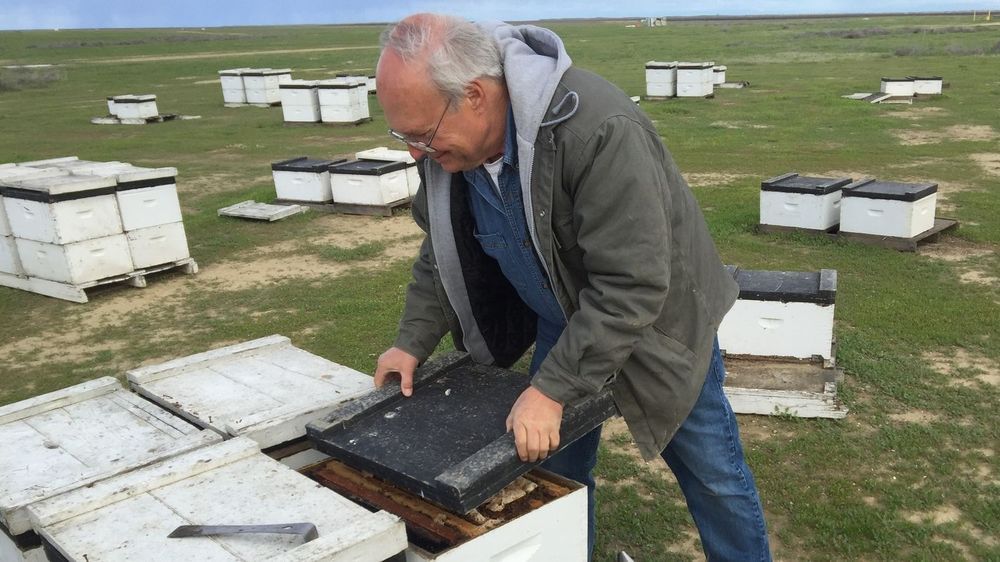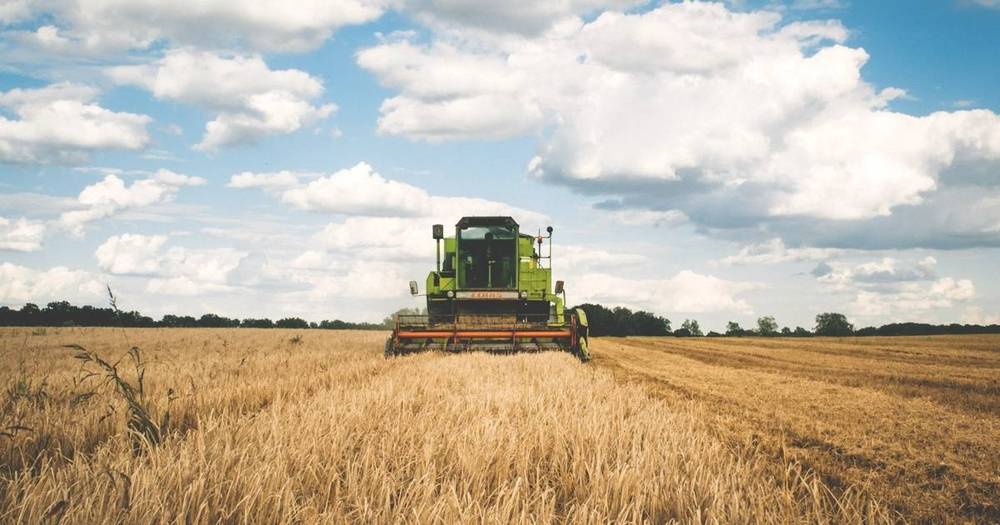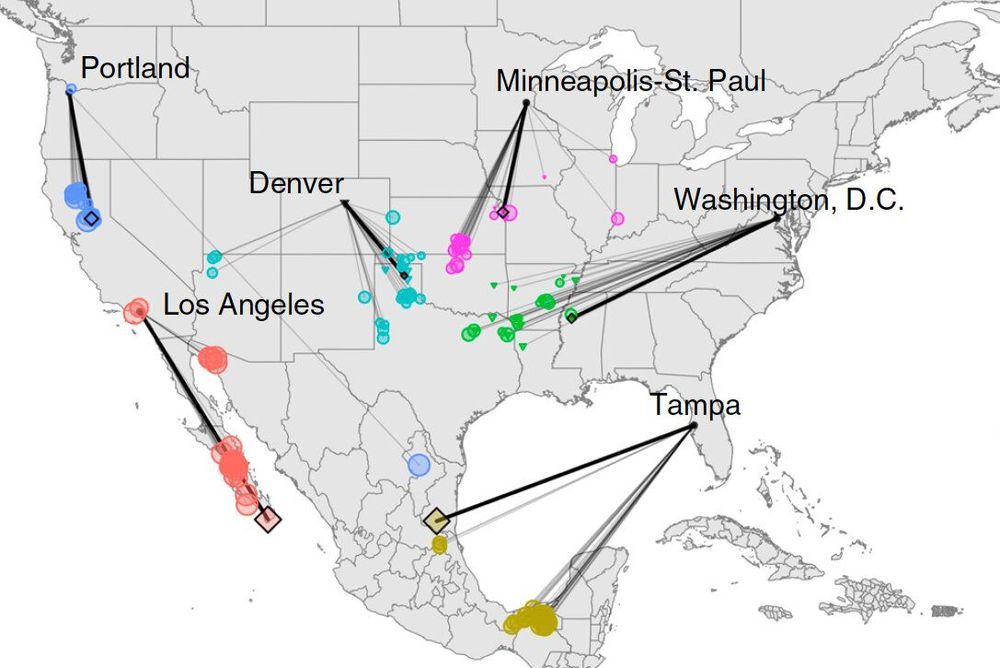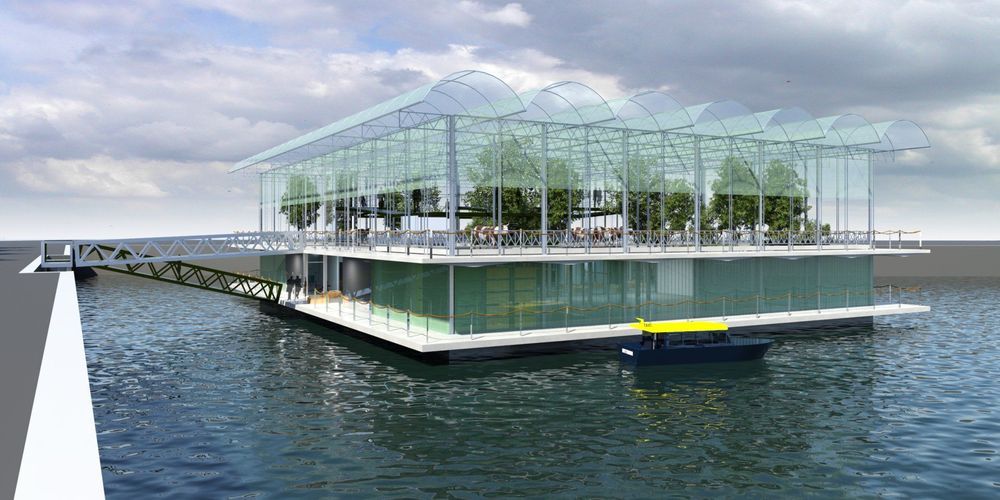Archive for the ‘climatology’ category: Page 128
Feb 18, 2019
Here’s a Simple Thing We Can Do to Cancel Out Years of CO2 Emissions
Posted by Quinn Sena in categories: climatology, space, sustainability
An ambitious new analysis of the world’s forests found that there’s space to plant 1.2 trillion new trees — a number that would absorb more carbon than human emissions.
According to the new data, ETH Zurich researcher Thomas Crowther told The Independent, trees are “our most powerful weapon in the fight against climate change.”
Crowther told The Independent that the new analysis, which he presented at a conference this weekend, suggests that a worldwide tree-planting spree would have a greater impact on the planet’s environment than building wind turbines or vegetarian diets — an effort, he says, that could cancel a decade of greenhouse emissions.
Continue reading “Here’s a Simple Thing We Can Do to Cancel Out Years of CO2 Emissions” »
Feb 18, 2019
You Can Now Send Bitcoin Tips Over Lightning on Twitter
Posted by Klaus Baldauf in categories: bitcoin, climatology
When “liking” your favorite tweet isn’t enough, you can now send small bitcoin transactions.
Announced Saturday, the beta app Tippin has released a new Chrome Extension available to Google browser users. Over Twitter, app users can send bitcoin payments via the Lightning Network, considered a way to make bitcoin transactions feasible at a large scale for the first time.
With the extension enabled, a little lightning bolt symbol pops up inside every tweet next to the more familiar “like” and “retweet” buttons.
Continue reading “You Can Now Send Bitcoin Tips Over Lightning on Twitter” »
Feb 18, 2019
Tokyo Is Testing a New System to Detect ‘Guerilla’ Rain and Tornadoes Up to 30 Minutes in Advance
Posted by Genevieve Klien in categories: climatology, government
Officials in Tokyo are testing a new technology that utilizes weather radar and terrestrial digital radio waves to “quickly and precisely predict torrential rain and tornadoes” up to 20 to 30 minutes in advance, the Mainichi reported on Sunday.
The new technology is being developed by “industry, government and academic bodies including the National Institute of Information and Communications Technology (NICT)” based in Koganei, the Mainichi wrote, and is hoped to be ready for deployment ahead of the 2020 Tokyo Olympics and Paralympics. Existing radar systems are limited in their ability to predict “guerilla rainstorms,” so called because they form quickly from rising, cooling water vapor and strike with little warning in specific areas. However, the new system is much more powerful and capable of estimating the size of raindrops and the structure of clouds, the Mainichi wrote:
Developers say the new “multi parameter phased array weather radar” (MP-PAWR) being tested can predict torrential downpours and tornadoes 20 to 30 minutes before they occur. This is because it has a flat antenna that emits radio waves over a wider range than the rotating bowl-shaped antennas used in traditional radars. It is a combination of an MP radar that enables observation of the size of raindrops, and a phased array radar that provides 3D scans of the structure of clouds in about 30 seconds.
Feb 17, 2019
Research: Planting Trillions of Trees Could Cancel Out CO2 Emissions
Posted by Quinn Sena in categories: climatology, sustainability
Unlike high tech solutions to climate change like carbon capture systems, Crowther argued, trees are nice because anyone can plant one.
“It’s a beautiful thing because everyone can get involved,” he told The Independent. “Trees literally just make people happier in urban environments, they improve air quality, water quality, food quality, ecosystem service, it’s such an easy, tangible thing.”
READ MORE: Massive restoration of world’s forests would cancel out a decade of CO2 emissions, analysis suggests [The Independent].
Feb 14, 2019
The Green New Deal could help farmers help the planet
Posted by Quinn Sena in category: climatology
This month, a group of Democratic lawmakers called for an ambitious plan for the United States to reach net-zero carbon pollution in 10 years. While experts debate whether the proposal is technologically or politically feasible, the so-called Green New Deal is about more than shifting to cleaner, more advanced forms of energy sources. It’s also about shifting to more traditional forms of agriculture.
While farming generally takes a back seat to energy in discussions of climate, it accounts for up to a third of carbon pollution, by one account. Tractors and trucks that harvest and transport our food burn gasoline and diesel, generating pollution. Synthetic fertilizers derived from fossil fuels spur the release of heat-trapping gas from the soil, and cows and sheep emit large volumes of planet-warming pollution. Then there is the matter of agricultural giants burning forests to clear land for farming and grazing, thereby releasing carbon stored in trees into the atmosphere and reducing the capacity of the land to store CO2.
And yet, while agriculture is a big part of the problem, it can also be part of the solution. Smart growing practices can help soak up pollution and store it in the ground — what’s known as carbon farming.
Feb 12, 2019
Climate of North American cities will shift hundreds of miles in one generation
Posted by Quinn Sena in categories: climatology, sustainability
In one generation, the climate experienced in many North American cities is projected to change to that of locations hundreds of miles away—or to a new climate unlike any found in North America today.
A new study and interactive web application aim to help the public understand how climate change will impact the lives of people who live in urban areas of the United States and Canada. These new climate analyses match the expected future climate in each city with the current climate of another location, providing a relatable picture of what is likely in store.
“Under current high emissions the average urban dweller is going to have to drive more than 500 miles to the south to find a climate like that expected in their home city by 2080,” said study author Matt Fitzpatrick of the University of Maryland Center for Environmental Science. “Not only is climate changing, but climates that don’t presently exist in North America will be prevalent in a lot of urban areas.”
Feb 6, 2019
Electromagnetic Pulse (EMP) Attack: A Preventable Homeland Security Catastrophe
Posted by Quinn Sena in categories: climatology, computing, government, particle physics, security
A major threat to America has been largely ignored by those who could prevent it. An electromagnetic pulse (EMP) attack could wreak havoc on the nation’s electronic systems-shutting down power grids, sources, and supply mechanisms. An EMP attack on the United States could irreparably cripple the country. It could simultaneously inflict large-scale damage and critically limit our recovery abilities. Congress and the new Administration must recognize the significance of the EMP threat and take the necessary steps to protect against it.
Systems Gone Haywire
An EMP is a high-intensity burst of electromagnetic energy caused by the rapid acceleration of charged particles. In an attack, these particles interact and send electrical systems into chaos in three ways: First, the electromagnetic shock disrupts electronics, such as sensors, communications systems, protective systems, computers, and other similar devices. The second component has a slightly smaller range and is similar in effect to lightning. Although protective measures have long been established for lightning strikes, the potential for damage to critical infrastructure from this component exists because it rapidly follows and compounds the first component. The final component is slower than the previous two, but has a longer duration. It is a pulse that flows through electricity transmission lines-damaging distribution centers and fusing power lines. The combination of the three components can easily cause irreversible damage to many electronic systems.
Continue reading “Electromagnetic Pulse (EMP) Attack: A Preventable Homeland Security Catastrophe” »
Feb 2, 2019
‘AI Farms’ Are at the Forefront of China’s Global Ambitions
Posted by Derick Lee in categories: climatology, information science, robotics/AI, sustainability
AI farms are well suited to impoverished regions like Guizhou, where land and labor are cheap and the climate temperate enough to enable the running of large machines without expensive cooling systems. It takes only two days to train workers like Yin in basic AI tagging, or a week for the more complicated task of labeling 3D pictures.
A battle for AI supremacy is being fought one algorithm at a time.
Jan 31, 2019
The world’s first floating dairy farm will house 40 cows and be hurricane-resistant
Posted by Quinn Sena in categories: climatology, sustainability
- The Dutch company Beladon is opening the world’s first floating dairy farm in the Netherlands.
- Located in Rotterdam, the farm will house 40 cows in a high-tech facility on the water.
- Minke van Wingerden, one of the project’s leaders, told Business Insider that the farm will produce an average of 211 gallons of milk each day.
- Most of the cows’ food will come from city waste products, such as grains left over from local breweries and by-products from mills.
- Beladon is also interested in launching floating chicken farms and floating vertical farming greenhouses.
A Dutch company is set to debut the world’s first floating dairy farm near Amsterdam.
A high-tech, multilevel facility will soon be floating in the water in Rotterdam, located roughly 50 miles outside of Amsterdam. Minke van Wingerden, a partner at the property development company Beladon, told Business Insider that the 89-by-89 foot farm will produce an average of 211 gallons of milk each day.


















